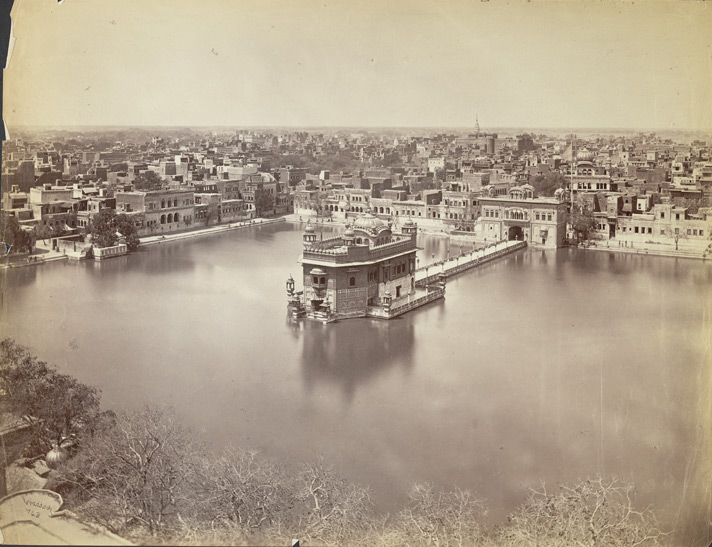1880_photograph_of_the_Golden_Temple,_Darbar_Sahib,_sacred_pool_and_nearby_buildings,_Amritsar.jpg (712 × 547 pixels, file size: 116 KB, MIME type: image/jpeg)
File history
Click on a date/time to view the file as it appeared at that time.
| Date/Time | Thumbnail | Dimensions | User | Comment | |
|---|---|---|---|---|---|
| current | 14:28, 15 October 2017 |  | 712 × 547 (116 KB) | Ms Sarah Welch | User created page with UploadWizard |
File usage
The following pages on the English Wikipedia use this file (pages on other projects are not listed):
Global file usage
The following other wikis use this file:
- Usage on fi.wikipedia.org
- Usage on nl.wikipedia.org
- Usage on or.wikipedia.org
- Usage on sl.wikipedia.org
- Usage on ur.wikipedia.org

